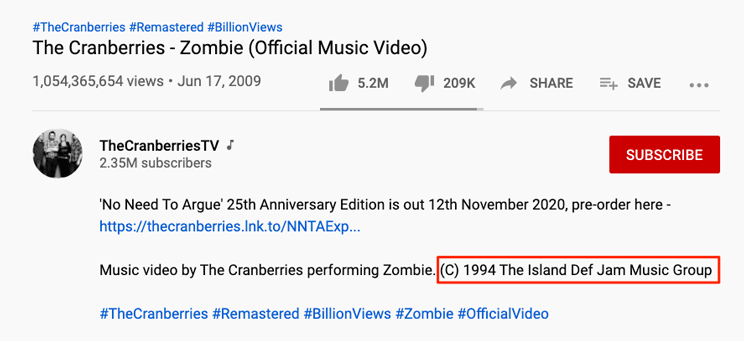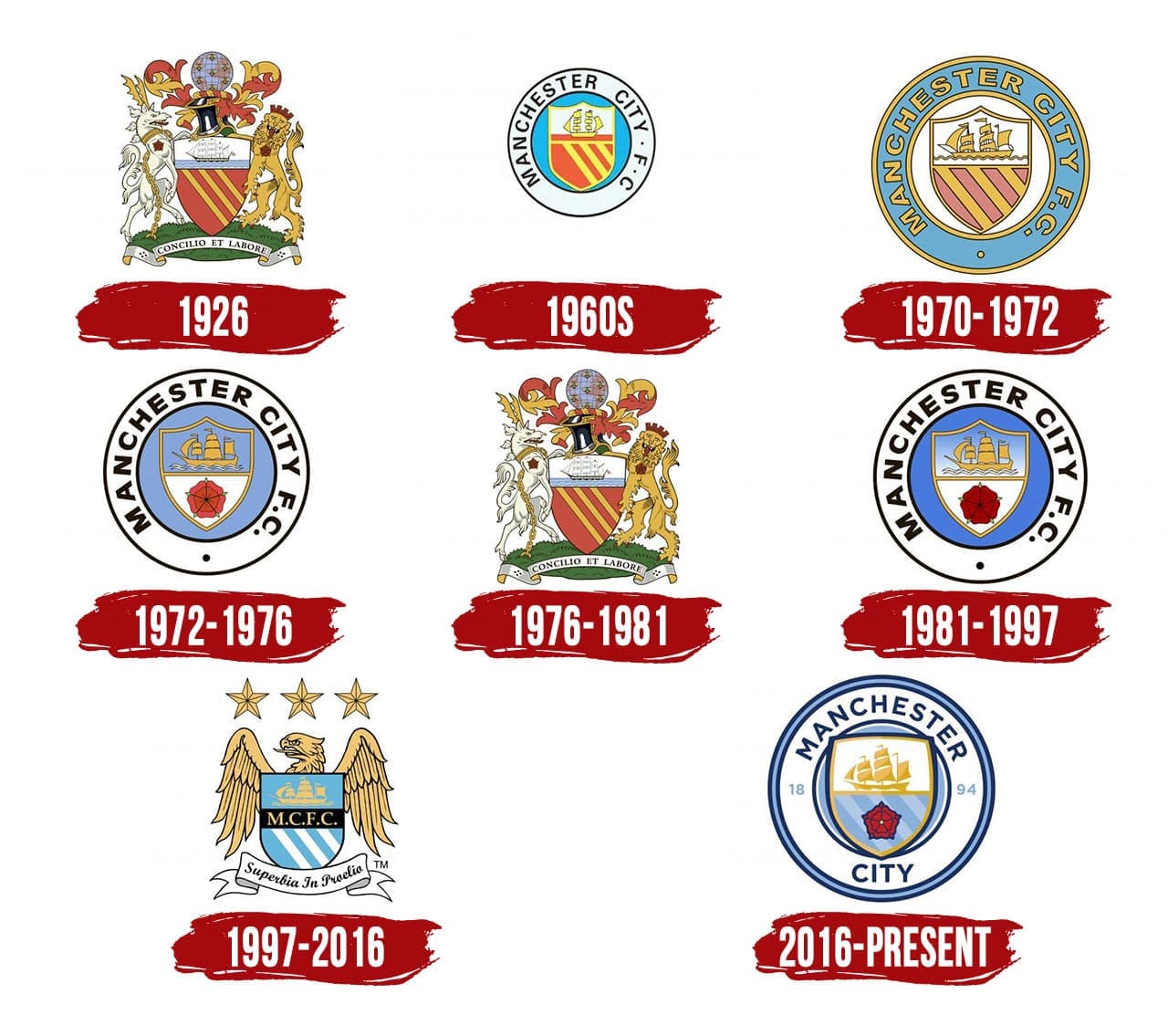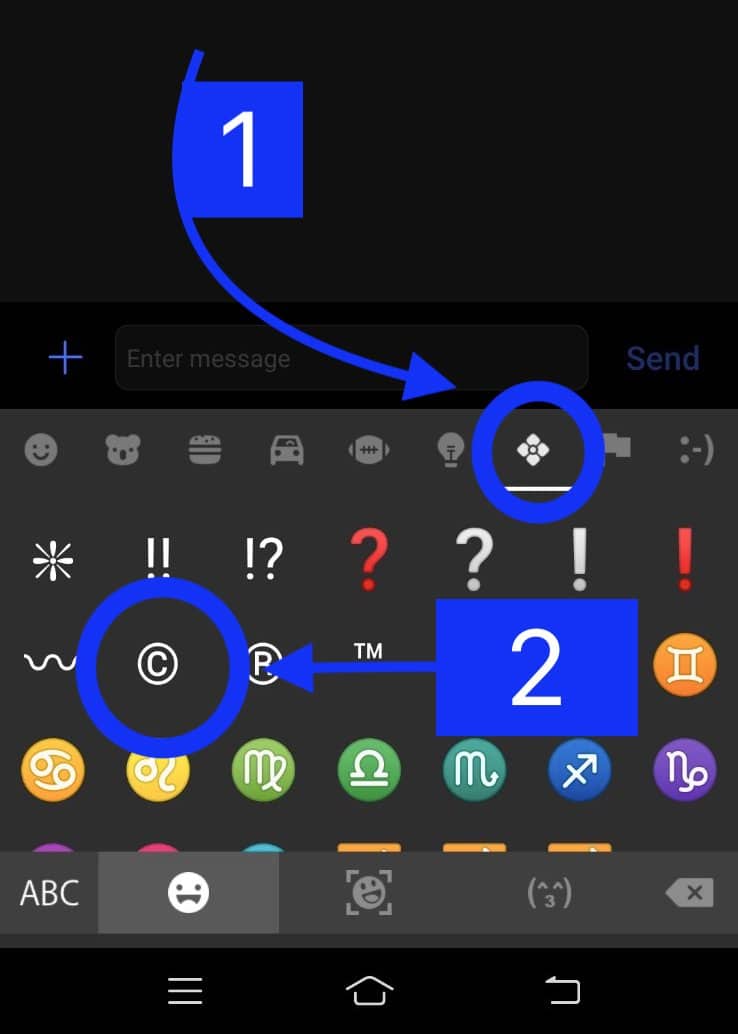
- #Copyright symbol copy and paste 1976 update#
- #Copyright symbol copy and paste 1976 archive#
- #Copyright symbol copy and paste 1976 code#
īarbara Ringer called the new law "a balanced compromise that comes down on the authors' and creators' side in almost every instance." The law was almost exclusively discussed in publishers' and librarians' journals, with little discussion in the mainstream press. At the time, the law was considered to be a fair compromise between publishers' and authors' rights.

The law went into effect on January 1, 1978.
#Copyright symbol copy and paste 1976 code#
The final version was adopted into law as title 17 of the United States Code on Octowhen Gerald Ford signed it. 22 was passed by a vote of 316–7 in the House of Representatives on September 22, 1976.

22 of the 94th Congress by a vote of 97–0 in the Senate on February 19, 1976. A draft of the bill was introduced in both the House and Senate in 1964, but the original version of the Act was revised multiple times between 19 (see House report number 94-1476). In the years following the United States' adoption of the UCC, Congress commissioned multiple studies on a general revision of copyright law, culminating in a published report in 1961. Barbara Ringer, the US Register of Copyrights, took an active role in drafting a new copyright act. copyright law to conform to the Convention's standards.
#Copyright symbol copy and paste 1976 update#
became a party to the UCC in 1955, the machinery of government was slow to update U.S. Īside from advances in technology, the other main impetus behind the adoption of the 1976 Act was the development of and the United States' participation in the Universal Copyright Convention (UCC) (and its anticipated participation in the Berne Convention). The Act was designed in part to address intellectual property questions raised by these new forms of communication. Television, motion pictures, sound recordings, and radio were cited as examples. In deliberating the Act, Congress noted that extensive technological advances had occurred since the adoption of the 1909 Act. I am fairly sure that posting a copy of a contemporary book in the open is not "fair use" even if the intent is to make it possible for dummies to study chemistry: such copying is not at all transformative, totally unlimited, and provides a significant market substitute for the protected work.Before the 1976 Act, the last major revision to statutory copyright law in the United States occurred in 1909.

It is difficult to know exactly what one can get away with under 17 USC 107 a.k.a. A library would be contributorily liable for the illegal downloadings of their "customers". Under 108(a) a library can make no more than one copy available, but every uploading or downloading is "making a copy".

The internet downloader is not a library or an archive, so the downloader is not granted any permission under 108 to make a copy.
#Copyright symbol copy and paste 1976 archive#
Subsection (a) allows a library or archive to make one copy of a work, as long as there is no commercial advantage to making the copy, the library is relatively public (it might restrict access to bona fide researchers), and a copyright notice is included: this has the fewest restrictions on copying. Subsections(b,c) require that the copy not be made available outside the premises, which precludes internet posting (d) requires a user request to make a copy (e) applies only to items that are off the market and transferred to a specific user (h) allows more copying in the last 20 years of the period when a work is protected (not applicable here). Section 108(a) is the most useful for an infringer who posts an entire copy of a protected work in public.


 0 kommentar(er)
0 kommentar(er)
